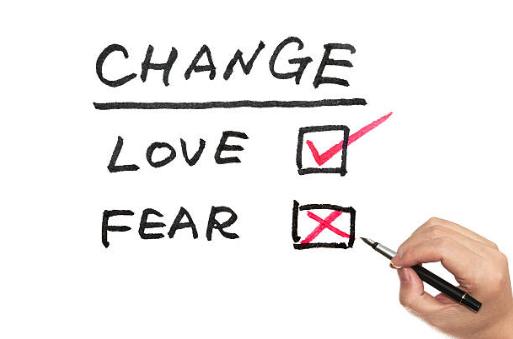
Apr 14, 2020 | Instruction, Mindset, Uncategorized
At Home Learning Strategies for Parents, Educators and Teachers.
These at-home learning strategies are provided by Mindprint Learning, LLC for its clients only. You may copy and distribute with Mindprint logo for non-profit educational purposes only unless with express written permission.
www.mindprintlearning.com
- Strategies can be printed front/back. If you have note cards, you can paste the front and back to a 4 x 6 note card and keep them in a stackable pile
- We encourage you to customize these strategies for personal use, particularly the Student Checklists. Go to File/Make a Copy to make an editable copy.
- Strategies are organized in the following categories
Get Organized. We strongly encourage you to start here to ensure no student is left behind. Best for: Elementary Students, Students with weaker Attention or Working Memory
Modifications to Instruction. Online learning requires a greater awareness of learner differences. Great teachers naturally compensate for some amount of variability as they interact with students and respond to their words and body language. One big challenge with online learning is that students might not tell you they’re struggling or need help. Best for: Students with weaker Verbal Reasoning, Memory, Attention or Working Memory
Student Checklists. Students must be more responsible to be as successful with online learning as they are in traditional school. The great news is that remote learning will develop these skills. Help students along by giving them checklists to use while they are doing assignments. Best for: All students, particularly those with weaker Verbal Memory, Attention, or Working Memory
Social-Emotional. It can be hard to tell how individual students are processing this new reality. Some are feeling a sense of loss, others might be angry, and others might be feeling anxious about their grades, performance, or not seeing their friends. When students are emotional it reduces their capacity to learn so help them manage those feelings. Best for: Students with Anxiety or weaker Flexible Thinking
Parenting. Parents can be confused about their role in remote learning. Communicating to parents how they can help their students be successful can empower parents while ensuring students have both the support and independence they need. Best for: All Parents, especially students with weaker Attention or Working Memory
Link to All Strategies
Please join us every Tuesday at 12pm EST for an open Q&A on these and related topics

Mar 26, 2017 | Leadership, Mindset, Uncategorized
Changing Educational Programs and Curriculum – Educators, Teachers, Schools
As educators, we often like to do what we’re comfortable with and what we’ve done in the past. We often moan and groan when the new educational program or new school curriculum comes around or when we’re asked to incorporate new instructional techniques. But why? We expect our doctor to utilize the most current up-to-date medical practices. We wouldn’t go to a doctor to treat us for cancer if they still used the same techniques as they did 20 years ago. We wouldn’t go to a doctor who used the same techniques as they did even 5 years ago. We want the best most up-to-date procedures. Shouldn’t we do the same for our students in the classroom?
Why is change such a four letter word when it comes to education and educators? I had the privilege of hearing Dan Heath, one of the authors of the book Switch: How to Change Things When Change is Hard, a few years back. It’s a good read and talks about how to approach change in any situation. Now I’m not going to give his secrets in the book away but his presentation did get me thinking about how differently we look at change in other parts of our lives. And in some cases, we even embrace and invite change into our lives.
He talked about people getting married and guess what. . .they are all smiling. These people are getting ready to undergo one of the biggest changes in their lives and they are happy about it. They are spending thousands of dollars and a whole year planning for it. They invited change into their lives. Now, I have to admit that some people have these same expressions when they get to the other end of marriage and celebrate a divorce, but either way it’s a huge change in how they’ve lived their lives before and they are willfully walking into a whole new world and they’re excited about it. Granted, these folks getting married generally had at least a little control over the situation. Maybe that was why they were looking so happy.
Could we really be happy and accepting of change if t just kind of happened to us and we really didn’t have control over it? Think about fashion styles and hair styles. They’ve changed numerous times through the years. And, looking at these pictures from the past aren’t we ALL glad they did? We had no real control over those changes and I guess if you still want the Camaro hair and the high waist polyester bell bottoms you could still find them. Maybe. Somewhere. But, do you really want to go for that look and stand out in that way? Or would you rather be the trendsetter in today’s fashion and today’s world?
As educators, we’ve got to stop thinking of change as a dirty, four letter word. We’ve got to start seeing change as an improvement to what we know and what we’ve done in the past. Otherwise, we’re stuck with that hair and those pants. . . It’s time to let it go



